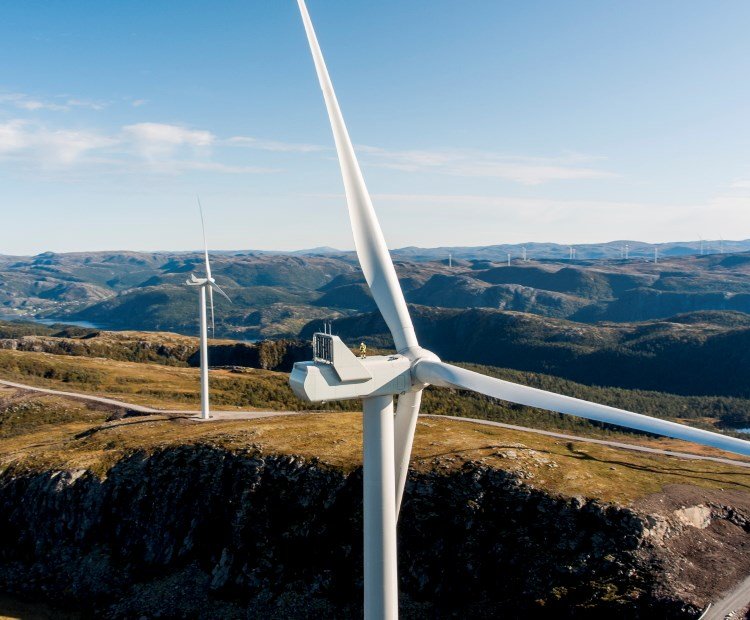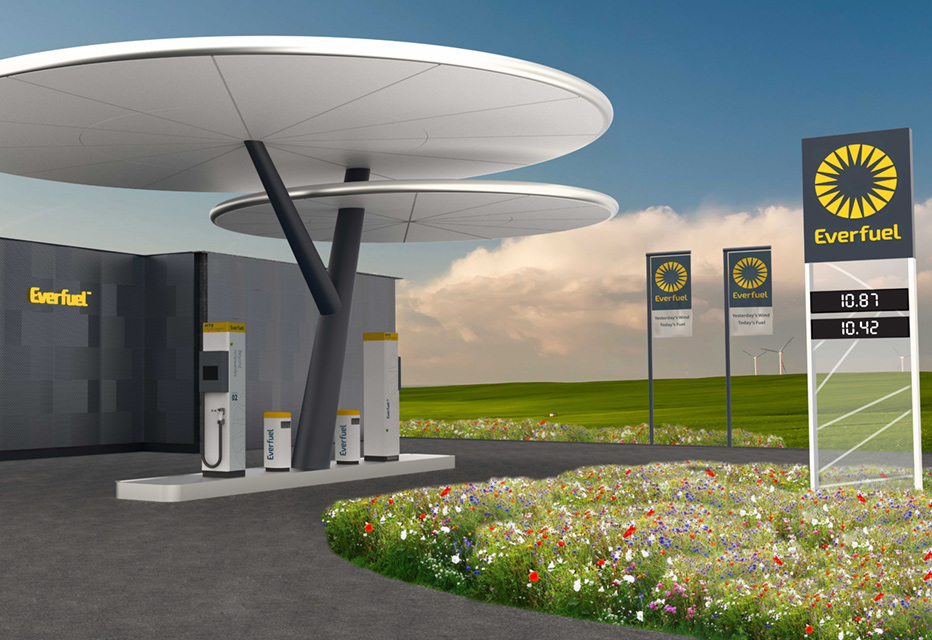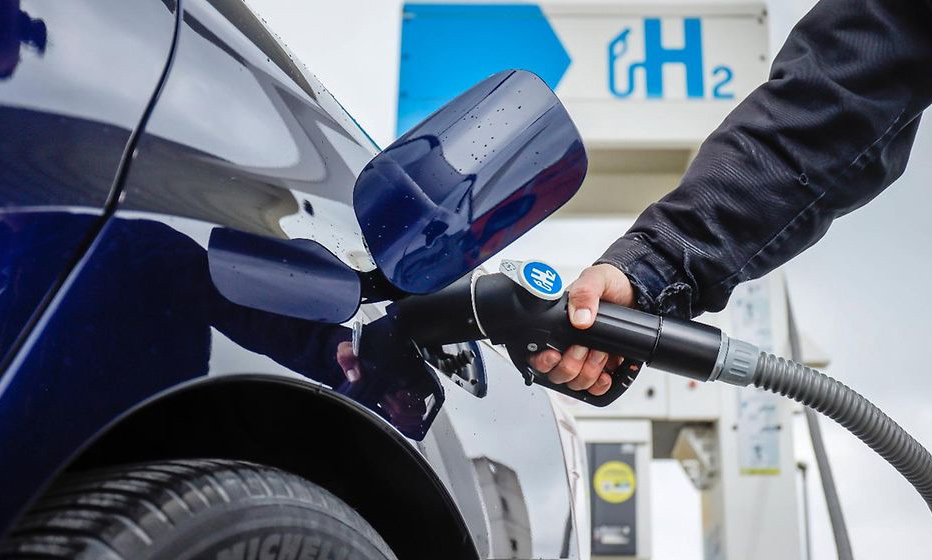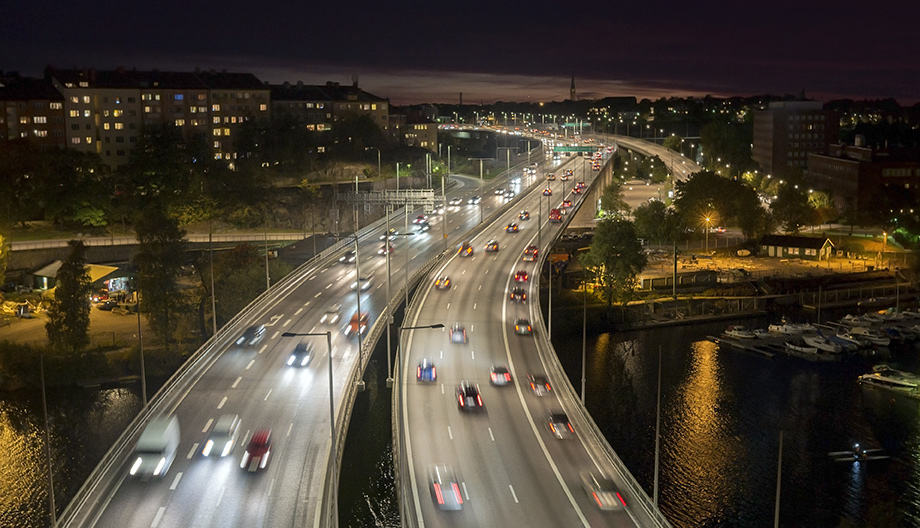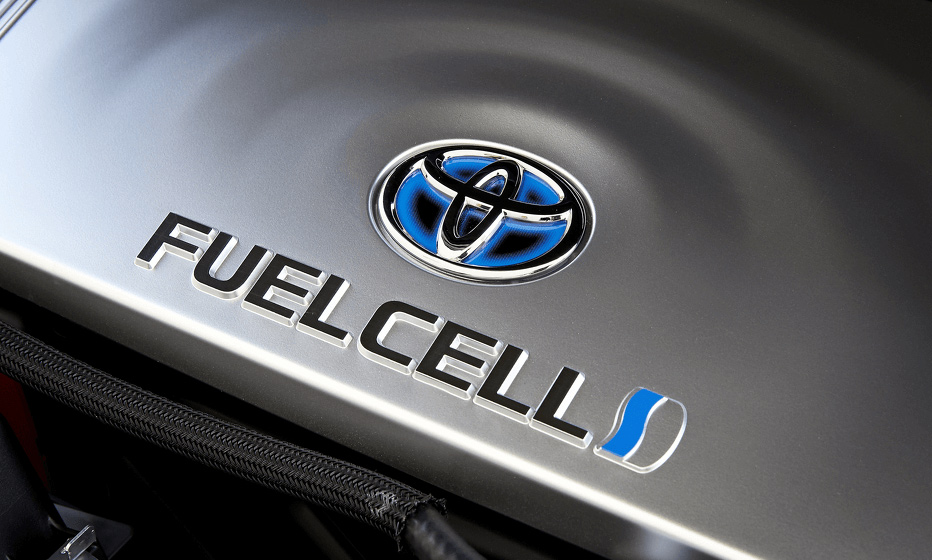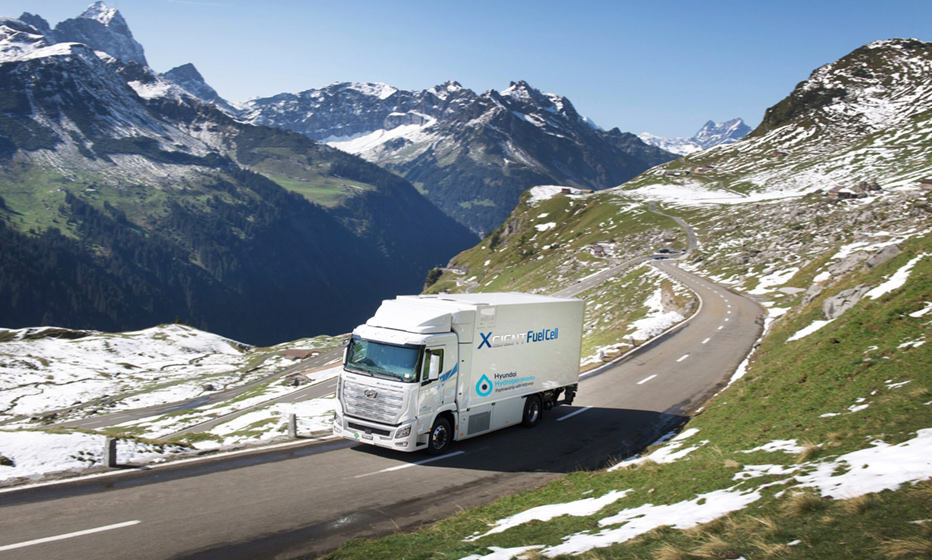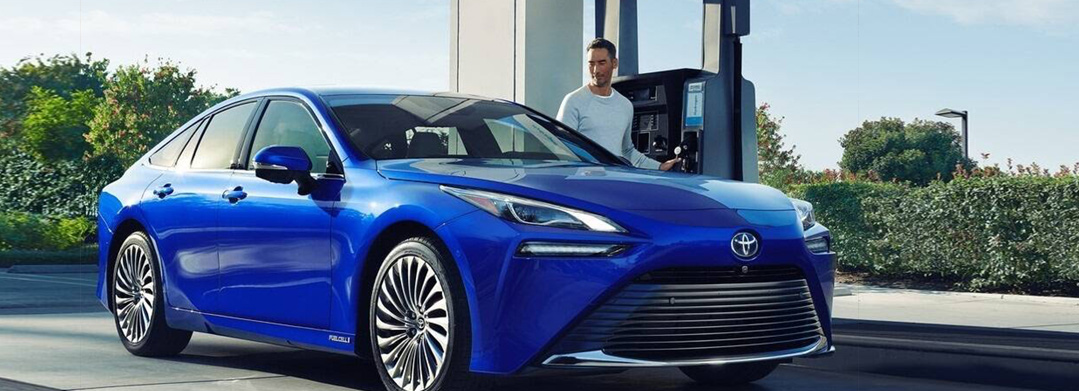Nordic Hydrogen Corridor
The new Nordic HRS network will enable FCEVs to travel between the metropolitan areas from Norway, through Sweden to Denmark and Finland and further via Germany to other parts of Europe.

Along the TEN-T core network in Sweden in the period 2017-2022, enabling zero emission transport between the capitals of the Nordic countries with fuel cell electric vehicles.
The new Nordic HRS network will enable FCEVs to travel between the metropolitan areas from Norway, through Sweden to Denmark and Finland and further via Germany to other parts of Europe. An increased use of fuel cell electric vehicles has been pointed out by the European Commission as an important step to reach an emission free transport sector. By using hydrogen in conjunction with fuel cell technology one gets emission-free vehicles with clean water vapor as the only emission. The hydrogen will cause no greenhouse gas emissions since it will be produced from renewable energy in Scandinavia.
How will it work
The Nordic Hydrogen Corridor is a study with pilot deployment of 8 hydrogen refuelling stations (HRS), 100 fuel cell electric vehicles (FCEV) and one production unit (electrolyser) to secure dedicated pure green hydrogen production capacity. It is implemented in Sweden along the Scandinavian-Mediterranean Core Network Corridor.
It aims at increasing Hydrogen mobility in Sweden to a level comparable with the neighbouring countries and it will contribute to building one large interconnected hydrogen mobility regions. Outcomes of the pilot and business models will be studied so as to allow wider roll-out of FCEV and HRS along the main roads of Sweden, the Nordic countries and the whole Scan-Med corridor.



